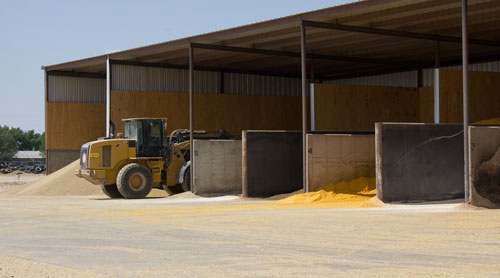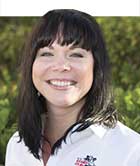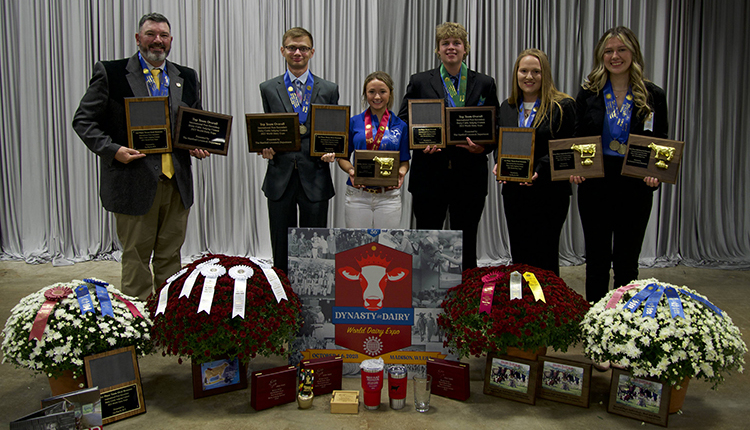
Tracking feed inventory is a valuable strategy for any size farm, especially with the growing unpredictability of Mother Nature and a more volatile commodity market. Plus, staying current with inventory calculations has never been easier or faster than with the technology available to dairy producers today.
A feed inventory program will be unique to each dairy. Some may choose to calculate it by hand, others will use slightly more sophisticated spreadsheets with built-in calculations and still others will use more advanced software programs. Each method works well, as long as you stay current on the option you choose and stay abreast of the information it generates for you. First, you may want to start with some basic calculations:
- Calculate the volume of each feed stored. Amount of Feed (cubic feet) x Stored Density, as fed (pounds) = Weight of Feed (tons)
- Project how long the feed will last. Feed Inventory (tons) / Consumption Rate (tons/day) = Time to Inventory Depletion (days)
- Determine if you need to purchase feed. Feed Inventory (tons) – [Consumption Rate (tons/day) x Time until Harvest (days)] = Tons To Purchase (as fed)
- Am I going to need to purchase feed this year, how much, when and at what cost?
- What if I change the ration to use a cheaper feed? What will that do to inventories?
- What adjustments should I make to planted acres based on long-term feeding decisions?
 The author , Ali Enerson, was the special publications editor, responsible for books, plans, distribution of the e-newsletter and various internal communication pieces. She grew up on a 60-cow dairy in northwest Wisconsin, and is a graduate of University of Wisconsin–Madison with a degree in life sciences communications.
The author , Ali Enerson, was the special publications editor, responsible for books, plans, distribution of the e-newsletter and various internal communication pieces. She grew up on a 60-cow dairy in northwest Wisconsin, and is a graduate of University of Wisconsin–Madison with a degree in life sciences communications. 








